Eating Disorders
In modern culture, the “ideal image of beauty” is often equated with being thin. It demands a very certain set of physical attributes, as is often depicted in glamor magazines, on television, and in the media. Celebrities and models who have private chefs, trainers, and plastic surgeons set the bar high above what the average person can attain on their own. This unhealthy standard holds particularly true in America, where 30 million people currently live with an eating disorder.
The demands of being a certain weight and size can make it very difficult to fit in socially. As young people grow and develop more fully into their bodies, the implications of such rigid, unattainable beauty standards can lead to body dysmorphia, depression, anxiety, and eating disorders. As society has been so unforgiving when it comes to different types of bodies, a person who feels they don’t fit in can become unforgiving unto themselves. It can then develop a disorder that can be fatal if left untreated.
While not every person who is trying to achieve a certain weight is going to develop an eating disorder, it is important to know the differences to look out for. Having a nutritious diet, exercising, and trying to maintain a healthy routine are all a part of keeping a good balance in your mind and body. When this becomes more extreme in nature, it may be time to seek professional help.
The following three types of eating disorders, as acknowledged by the American Psychological Association, include:
- Anorexia nervosa: Most often characterized by extreme food restrictions/limiting intake or dieting, having overwhelming fear of weight gain, and sometimes exercising an exorbitant amount. Most closely associated with Major Depressive Disorder and Narcissistic Personality Disorder.
- Bulimia nervosa: Includes periods of excessive eating, sometimes in one sitting, in a very short amount of time and then inducing expulsion by vomiting, taking laxatives, or exercising excessively. Most closely associated with people who also have Borderline Personality Disorder.
- Binge eating disorder: Symptoms include eating large amounts of food compulsively but not trying to purge it from their body afterward.
Both anorexia and bulimia can include the person experiencing extreme instances of distorted body image (dysmorphia), and they often believe themselves to be overweight.
Eating disorders often present additional antisocial behaviors that can cause complex emotional, physiological, and social problems when experienced alone. Depression, anxiety, low self-esteem, and instances of PTSD are often present in the person diagnosed.
When a substance abuse disorder occurs at the same time, the risk of death increases considerably. Furthermore, eating disorders wreak havoc on the body physically, resulting in exhaustion, dehydration, and insomnia, which weakens their immune system and renders them even more susceptible to overdose or alcohol poisoning.
Substance Use Disorder & Eating Disorders
Substance use disorder develops over time as a person becomes reliant on a substance or substances. Though only recently characterized as a disease, doctors have confirmed that substance use disorder is driven by progressive changes in the brain, thus resulting in the compulsive, uncontrollable use of substances. This compulsory behavior is akin to someone with an eating disorder needing to maintain control over their food intake.
Though initial use of a substance normally begins as voluntary, no one begins drinking or using a drug with the intention of developing an addiction. When repeated use continues over time, however, their brain chemistry becomes altered, until eventually they are unable to stop without professional help. There are several signs of suspected alcohol and drug abuse to look out for, including physical health problems, financial difficulties, truancy issues with school or consequences at work, and more.
When it comes to the link between substance use disorders and eating disorders, studies have found that about 50% of people struggling with an eating disorder are also abusing substances. Furthermore, 35% of people who drink or use illicit drugs have an eating disorder, as well. It is theorized that this overlap likely occurs by accident, as the person aims to control one with another.
Behaviors both substance use and eating disorders tend to share include:
- Obsessive planning or cravings, difficulty thinking about anything else
- Compulsive behaviors
- Isolating and having secret behaviors or rituals
- Extreme sensitivity and irritability
- Suicidal ideation
- Weight loss
- Decaying teeth
- Noticeable exhaustion, such as sunken eyes
- Lack of hygiene
- Loss of interest in hobbies they once enjoyed
It is also important to note that certain substances are preferential to those with certain types of eating disorders as a way for them to manage their symptoms. For example, a person struggling with Anorexia may turn to stimulant drugs to decrease their appetite and give them artificial energy, resulting in an addiction to the stimulant. Alcohol can lead to appetite suppression making it easier for a person to go long periods of time without eating. It can also lower inhibitions, enabling them to be more social when most eating disorders include social anxiety.
The Recovery Process
The recovery process from each disorder can pose additional risk to the other if each is not considered during rehabilitation—as mentioned above, the recovery of one may even cause another. When recovering from an eating disorder, a person might turn to substances to deal with the psychological effects of gaining weight as their body works to get well. Conversely, weight gain is common in people recovering from substance use disorder, and they may develop an eating disorder to try to prevent that from happening.
In order to promote recovery from both an eating disorder and substance use disorder, it is important for medical professionals to evaluate what might be the underlying causes of each. They might be the very same reasons, or they could be separate and have developed at different times in the person’s life.
Some of the contributing factors that have been found to contribute to both include:
- Genetics
- Childhood abuse
- Additional mental health disorders
- Inability to deal with societal pressures
By addressing any underlying causes such as those above, a treatment team can help the person work through any unexplored trauma through therapeutic means and evidence-based clinical treatment. Furthermore, by tackling the two at the same time, the risk of symptom substitution decreases, which is when someone replaces one behavior with the other, which can result in a dangerous cycle of relapse.
It’s important to note that many addiction treatment programs encourage abstinence from drugs and alcohol, which is not feasible when it comes to food intake. For treating both disorders concurrently, a moderation model for food is often integrated with the abstinence-based approach to substances.
Dual Diagnosis Treatment at Granite Recovery Centers
In treating an eating disorder concurrently with a substance use disorder, or co-occurring disorders, it is crucial to know that the effects of the two compounded make the comorbidity rate much higher. In order for the person to recover fully from both, a dual diagnosis treatment approach is often the best route to take.
If you or a loved one struggle with an eating disorder and co-occurring substance use, our Admissions Representatives would be happy to discuss your treatment options. Please give us a call today at 855.712.7784.

















